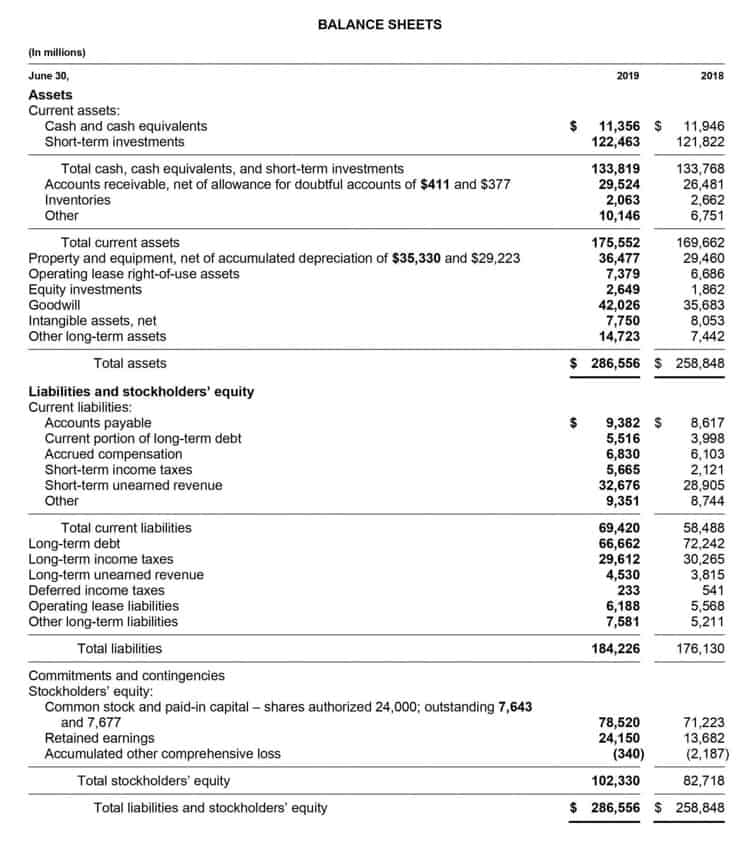Как начать заниматься трейдингом с нуля самостоятельно
April 14, 2023Какие деньги в Чехии: все о валюте, курсе и обмене
April 20, 2023
If current assets are low, a company should be able to liquidate non-current assets to settle their liabilities. By defining an account as being liquid, it means that a company can turn the balance of the account into cash relatively quickly. Fixed assets, such as land and buildings, are not as easily converted to cash and are therefore listed at the bottom of the balance sheet.
Rating agencies examine an insurer’s liquidity in order to establish a credit rating. These agencies will publish the liquidity ratio as well as a quick ratio, which compares cash and cash equivalents to liabilities. The order of liquidity of current assets results of these stress tests for a single insurer are compared to the results of other insurers offering similar policies. This section is important for investors because it shows the company’s short-term liquidity.
What is the order of liquidity in accounting?
Current assets indicate a company’s ability to pay its short-term obligations. They are an important factor in liquidity ratios, such as the quick ratio, cash ratio, and current ratio. With liquidity ratios, current liabilities are most often compared to liquid assets to evaluate the ability to cover short-term debts and obligations in case of an emergency. Liquidity ratios are an important class of financial metrics used to determine a debtor’s ability to pay off current debt obligations without raising external capital. Liquidity ratios measure a company’s ability to pay debt obligations and its margin of safety through the calculation of metrics including the current ratio, quick ratio, and operating cash flow ratio. If current assets are those which can be converted to cash within one year, non-current assets are those which cannot be converted within one year.
A company’s assets on its balance sheet are split into two categories – current and non-current (long-term or capital assets). For current asset accounts, cash and cash equivalents is the most liquid with inventories being the least liquid due to the amount of time it can take to sell stocks to customers. Non-current assets are listed next because they are not as easily converted to cash. Conversely, when the current ratio is more than 1, the company can easily pay its obligations and debts because there are more current assets available for use. When the current ratio is less than 1, the company has more liabilities than assets. Should all of its current liabilities suddenly become due, the value of its current assets would not be enough to cover the needed payments.
Financial Liquidity By Asset Class
This consideration is reflected in the Allowance for Doubtful Accounts, a sub-account whose value is subtracted from the Accounts Receivable account. A non-financial example is the release of popular products that sell-out immediately. Get free ecommerce tips, inspiration, and resources delivered directly to your inbox. Download CFI’s Excel template to advance your finance knowledge and perform better financial analysis.